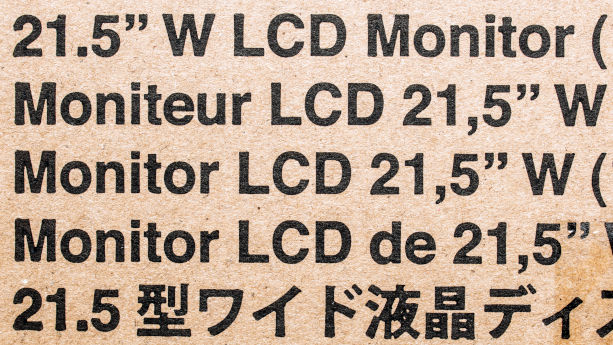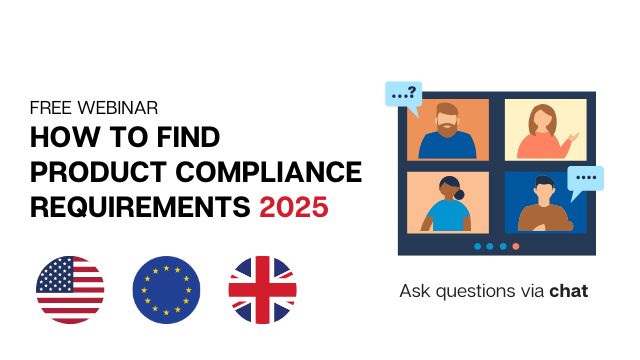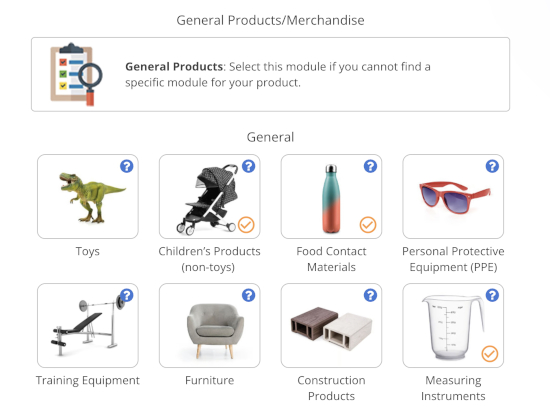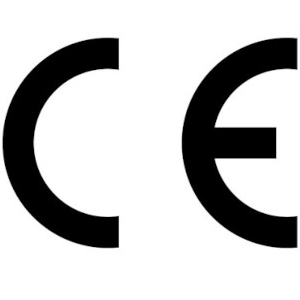
Products sold in the European Union must often be labelled and come with documentation written in the language or languages required by the EU member states where these are sold. This can be challenging, as it forces companies selling in the EU to translate everything from warning texts to user instructions into multiple languages to stay compliant.
In this guide, we take a closer look at language requirements for products sold in the European Union – with a particular focus on the General Product Safety Regulation.
Continue reading Language Requirements When Selling Products in the EU




























 The Medical Devices Regulation sets requirements according to device class. More specifically, medical devices are defined as class I, IIa, IIb, or III. In turn, this determines certain requirements, and which conformity assessment procedure the manufacturer must follow.
The Medical Devices Regulation sets requirements according to device class. More specifically, medical devices are defined as class I, IIa, IIb, or III. In turn, this determines certain requirements, and which conformity assessment procedure the manufacturer must follow.

